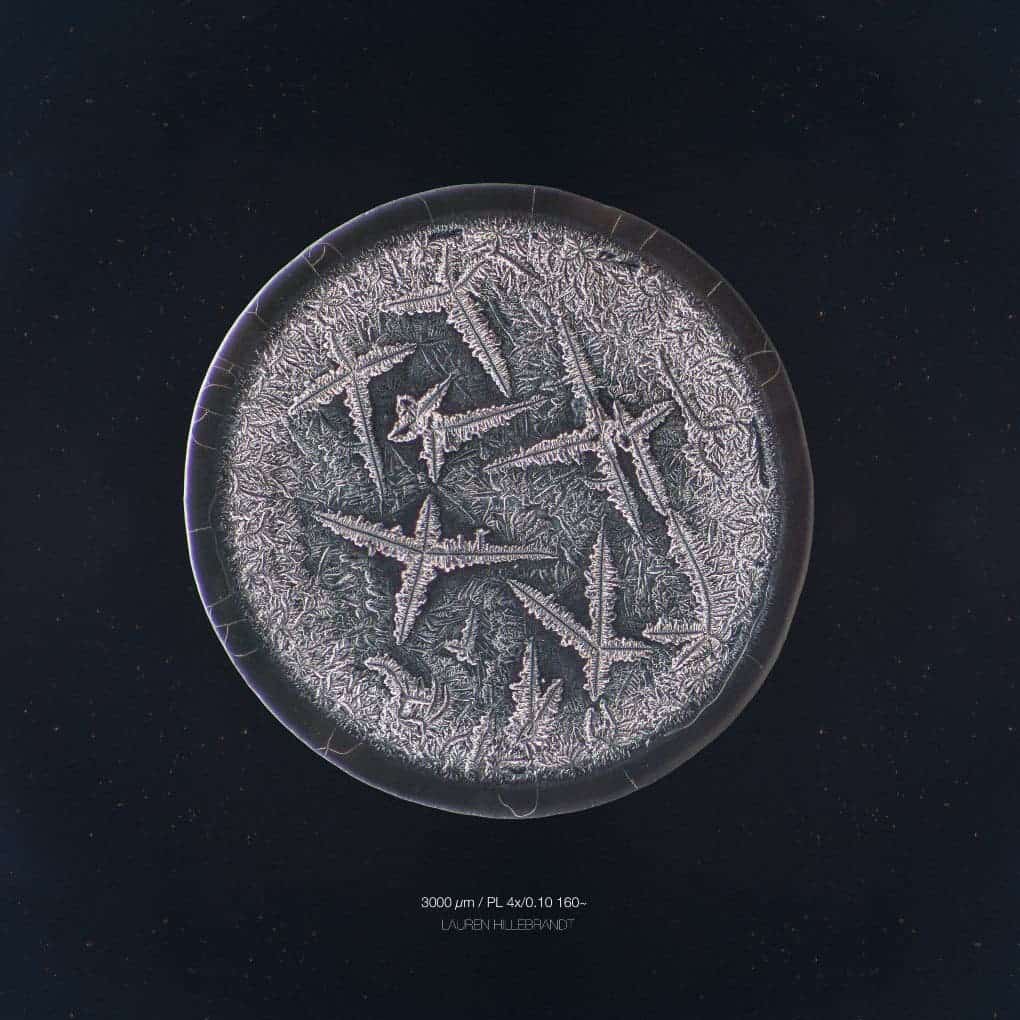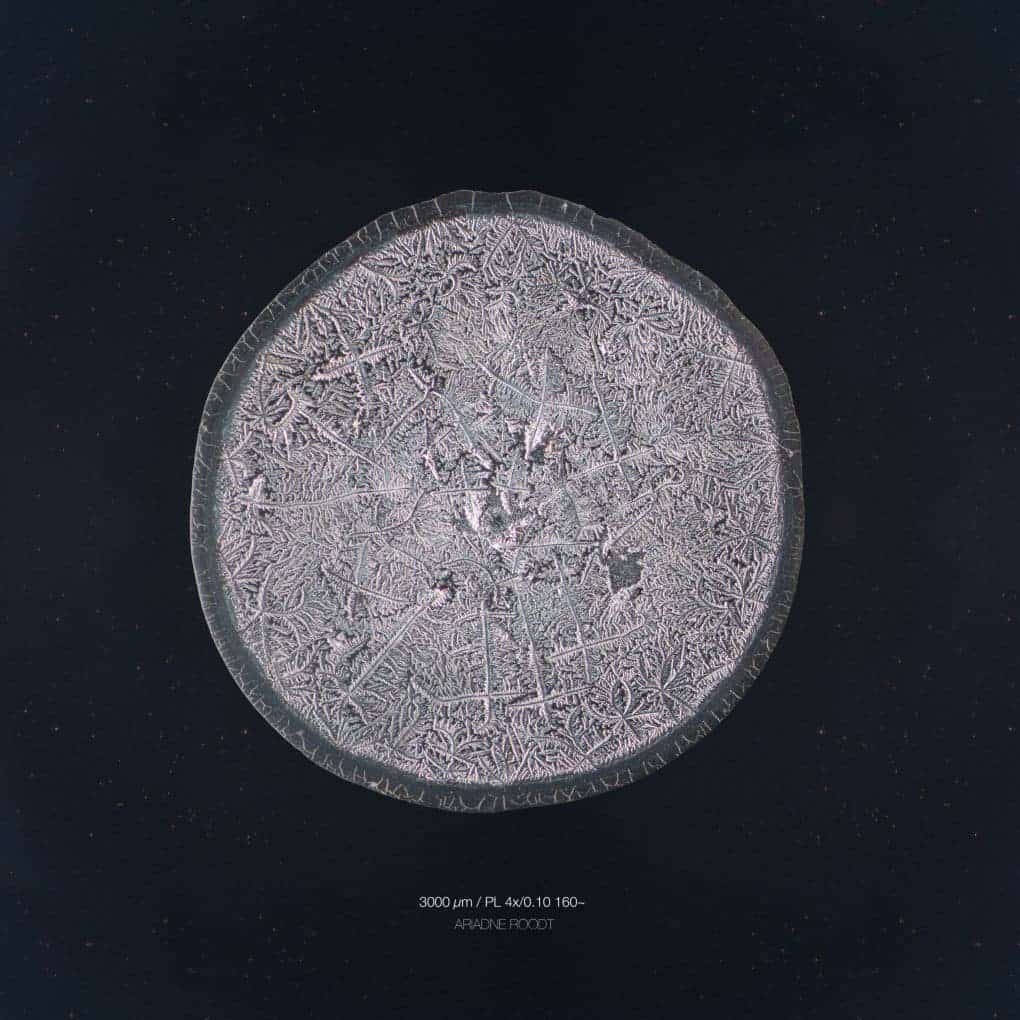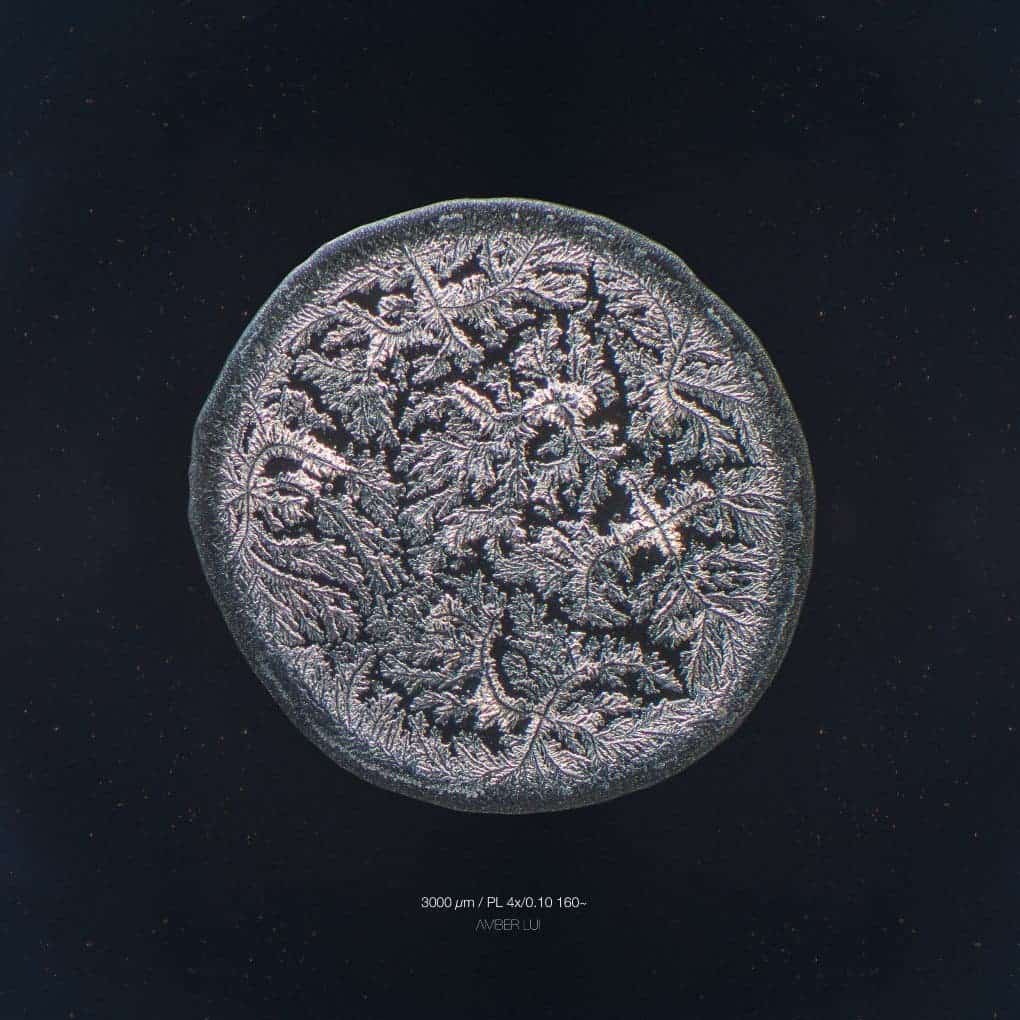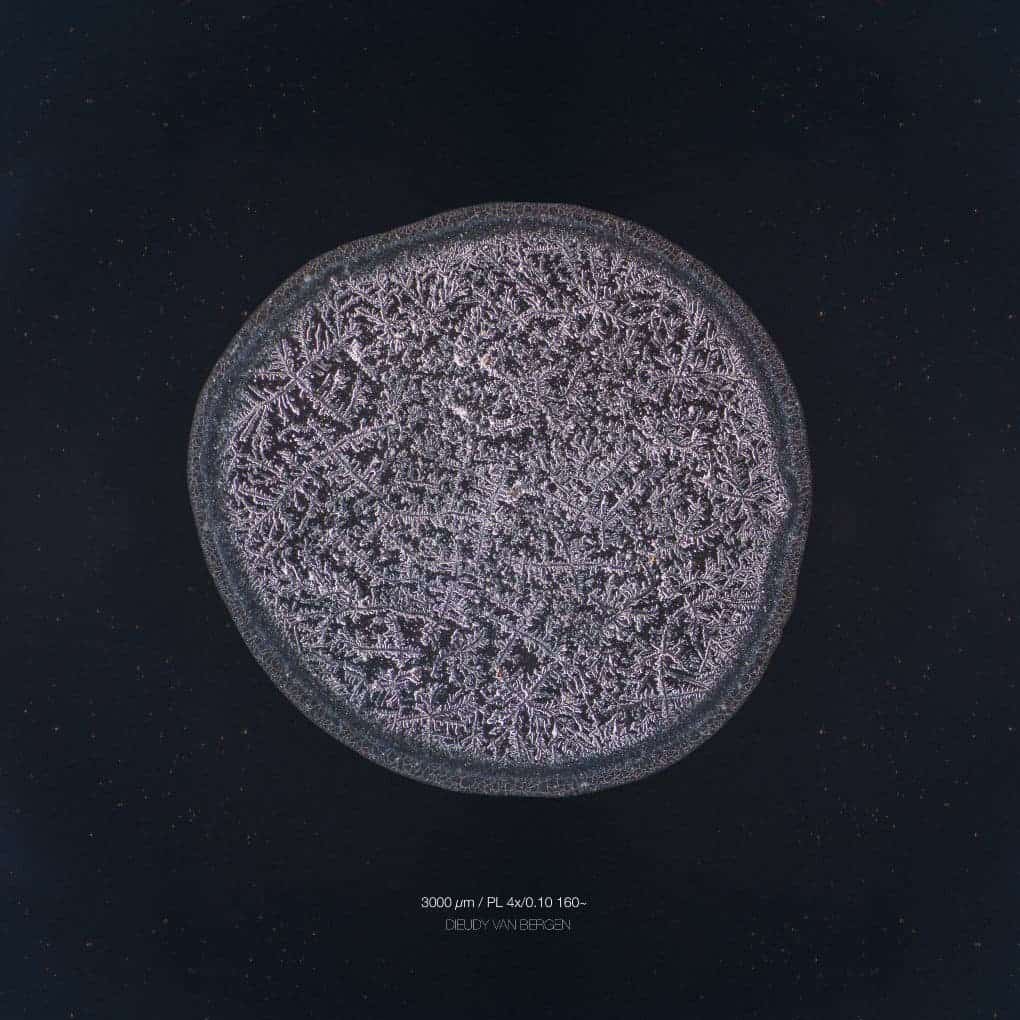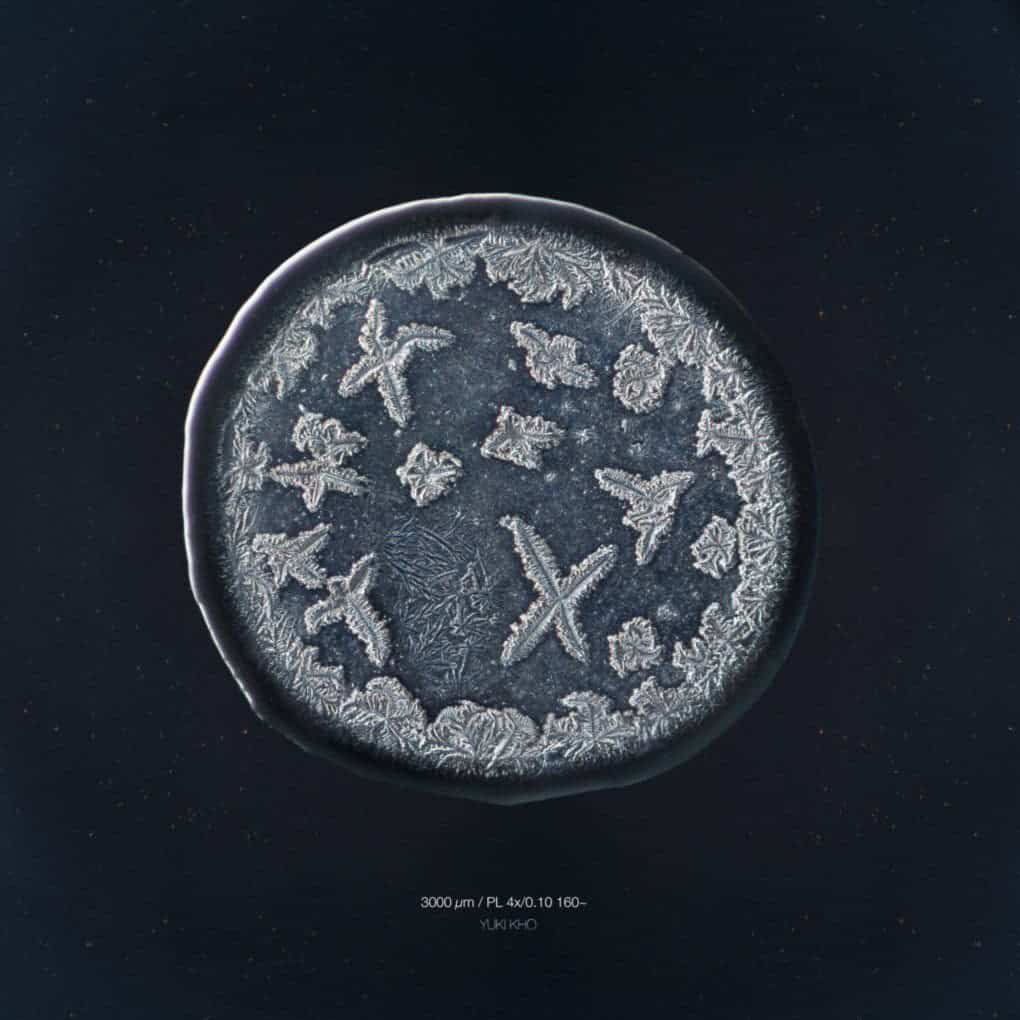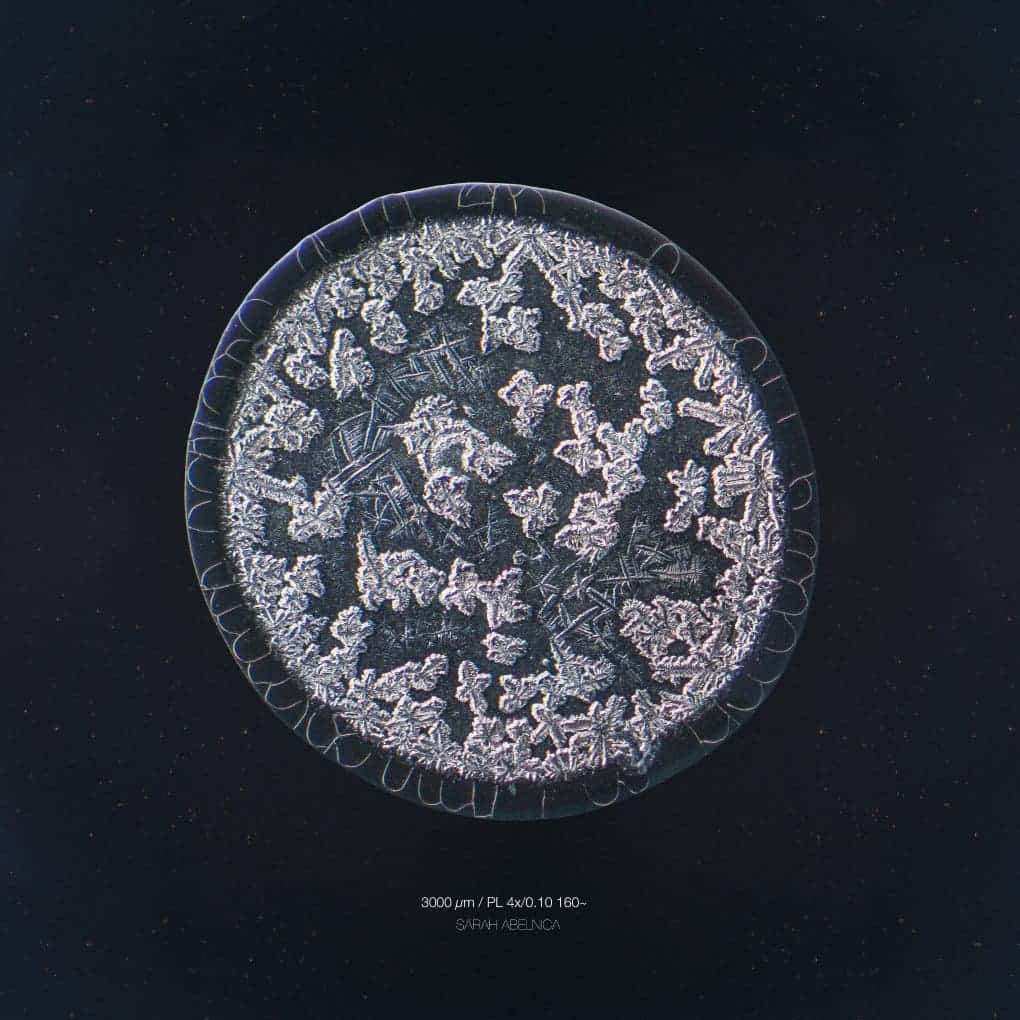In our day to day lives, we don’t give much thought to tears – we usually focus more on the emotions that cause them than the salty droplets themselves. Well, tears are much more complex than we give them credit for, as Dutch artist Maurice Mikkers showed.
Tears Caused By Emotional Response:
There are actually three main type of tears: basal tears, reflex tears and crying tears. Basal tears are the ones that constantly keep your cornea wet, lubricating the eye and clearing it of dust and any other unwanted objects. Reflex tears occur from irritation of the eye by foreign particles, or from the presence of irritant substances such as onion vapors, tear gas, or pepper spray. Lastly, crying tears are caused by strong emotions – be they positive or negative.
Tears Created By Cutting White Onions:
Naturally, different tears have different chemical make-ups, and ultimately, look differently; but the diversity that Mikkers captured is absolutely stunning! He invited some of his friends over for a good old fashioned tear harvest – employing the help of onions, pepper spray, looking into a fan and of course, strong emotions. The process of harvesting the tears and photographing them through a microscope is fairly simple, as Mikkers himself explained:
“First you capture the tear with a micropipet. After you have the tear, you dispense it on to a microscopic slide by making several small (2 to 4 mm) drops. After this step, it takes some time to crystalise and settle. After the tear drop(s) are crystallised, it’s possible to take images and start comparing.”
Looking into a fan:
Even tears produced by the same stimulus can look vastly different, as you can see here. So, next time you feel overcome by sadness or onions, don’t just wipe away your tears – trap them and photograph them! Oh, and next time sadness gets the best of you, just remember: you’re not crying, you’re creating unique, salty snowflake-like structures, and that’s amazing.
Eating a red hot pepper:
